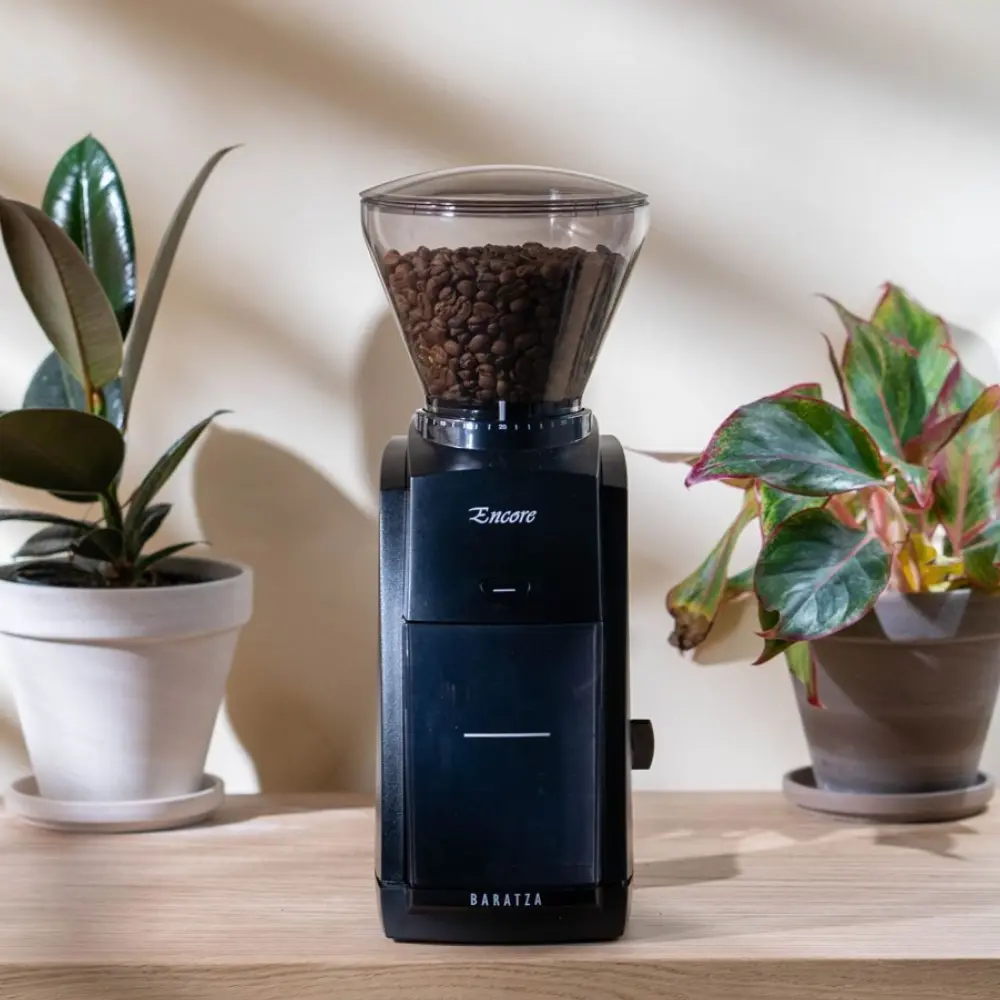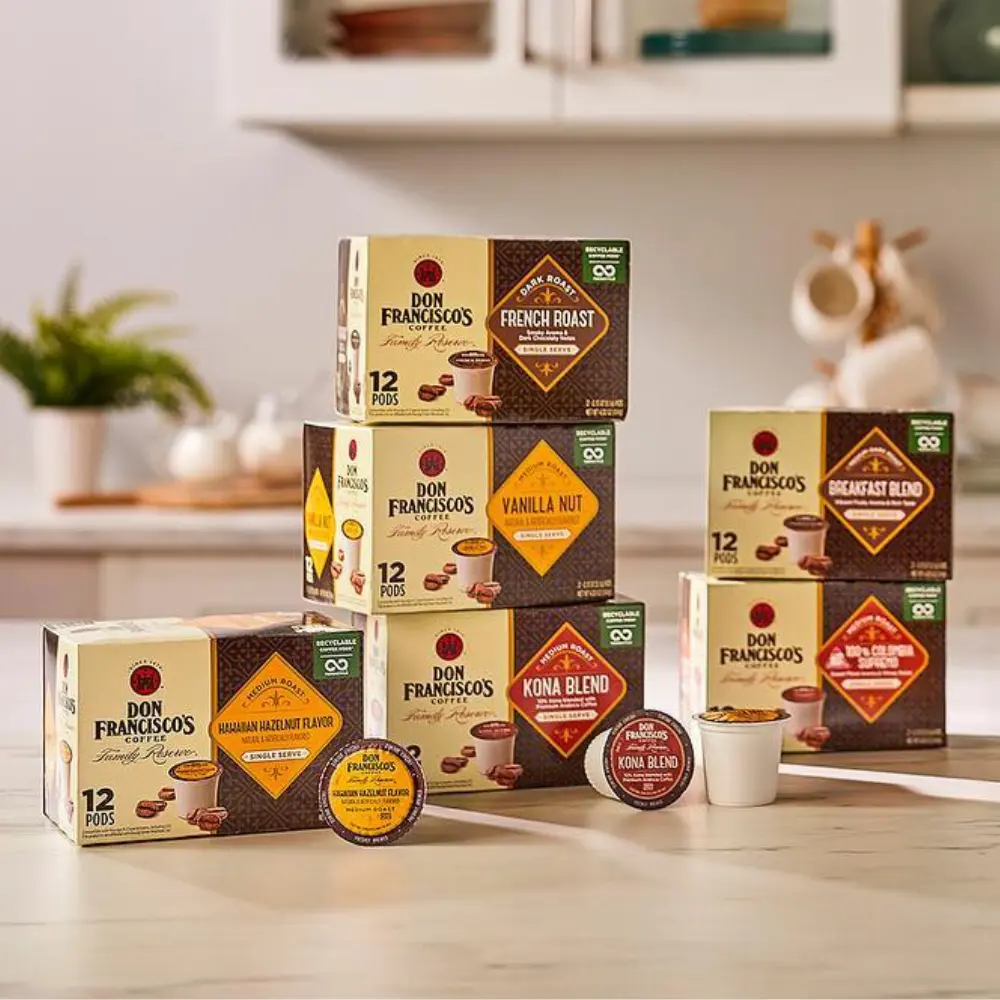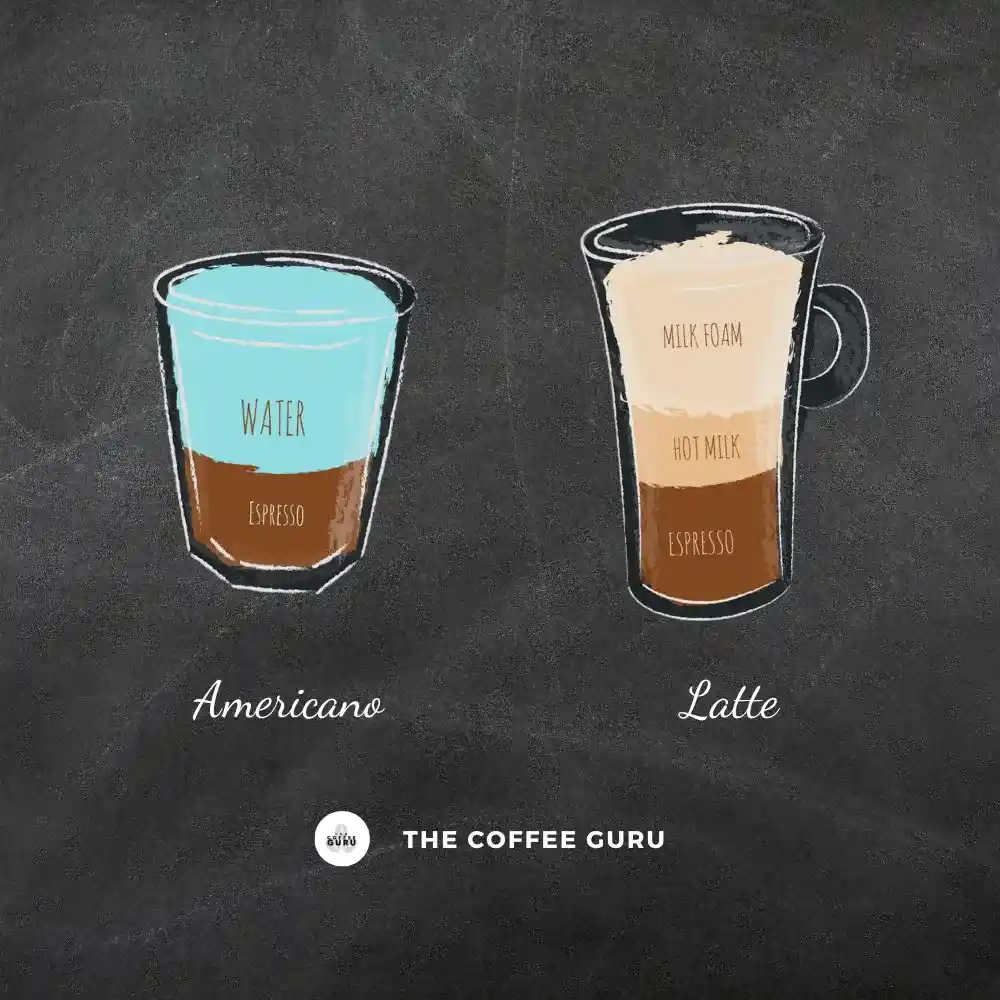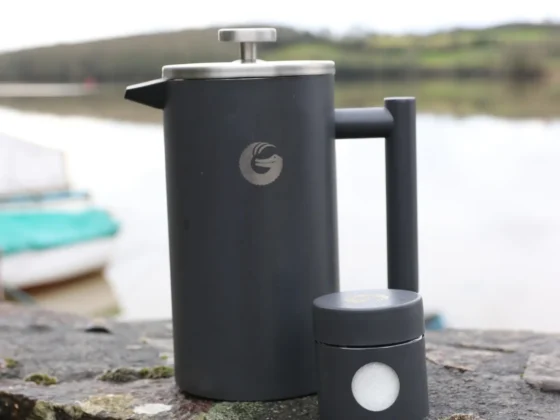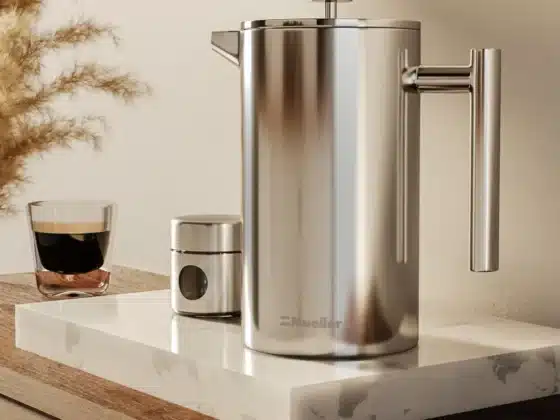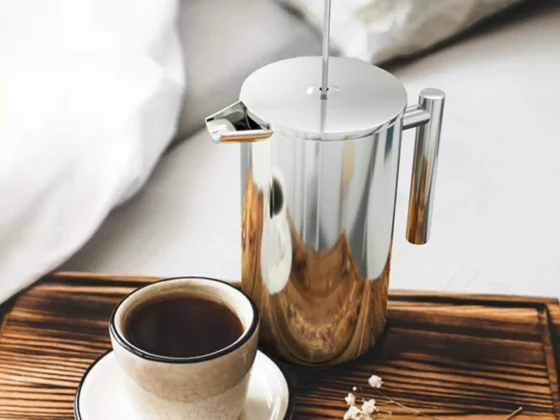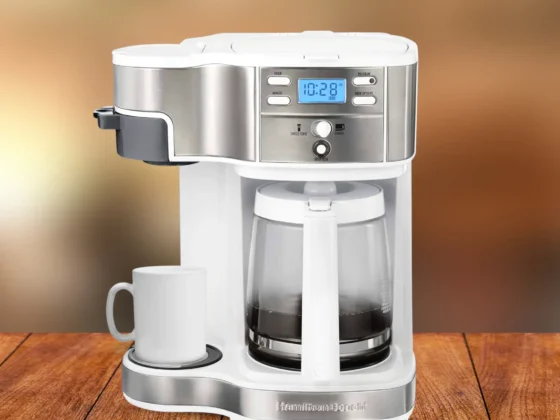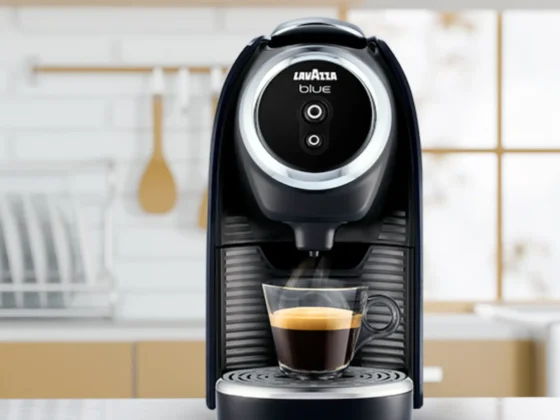In the intricate world of coffee preparation, one debate often bubbles to the surface: Coffee Grinder vs Blender. This seemingly simple choice can dramatically impact the flavor, aroma, and overall quality of your beloved brew. So, is it better to invest in a specialized coffee grinder, or will a more versatile blender suffice? For the uninitiated, the decision can seem overwhelming – and even experienced coffee connoisseurs can find themselves grappling with the pros and cons.
This comprehensive guide is here to demystify the debate. We’ll delve deep into the heart of each device, unraveling their unique strengths, potential drawbacks, and their ultimate influence on your cup of joe. So, whether you’re an occasional coffee sipper or a bona fide aficionado, this exploration of the Coffee Grinder vs Blender debate promises to enhance your understanding and elevate your daily caffeine ritual. Let’s embark on this journey together, unraveling the best choice for your coffee needs.
Coffee Grinder vs Blender: Key Takeaway
- Understanding the Basics: Coffee grinders and blenders differ in design and functionality. While grinders excel in delivering consistent coffee grounds, blenders provide versatility in the kitchen, but may not achieve the same consistency for coffee.
- The Grinding Process: Coffee grinders, particularly burr grinders, offer a more even grind and precise control over grind size. On the other hand, blenders use high-speed blades that may lead to less consistent and coarser coffee grounds.
- Impact on Coffee Quality and Flavor: A coffee grinder’s consistency helps achieve optimal extraction, enhancing the coffee’s flavor. Blenders, due to inconsistent grind, may lead to uneven extraction and potential flavor loss.
- Practical Considerations: Both devices have pros and cons in terms of convenience, cost, and maintenance. Coffee grinders may require a more significant investment, but for coffee aficionados, the improvement in taste and coffee experience is often worth it.
- Expert Recommendations and User Reviews: Experts and coffee lovers generally lean towards coffee grinders for better taste and consistency. However, some users prefer blenders for their versatility and convenience, despite the compromise on coffee quality.
Understanding the Basics
In order to delve into the crux of the Coffee Grinder vs Blender debate, it’s essential to first understand the fundamental functioning and purpose of each device. Let’s take a closer look at what exactly a coffee grinder and a blender are and how they differ from each other.
What is a Coffee Grinder?

A coffee grinder is a specialized kitchen appliance designed specifically for grinding coffee beans. The aim is to break down the beans into smaller particles, a process that releases the aromatic oils and flavors hidden within the beans’ interior. In the world of coffee grinders, two primary categories stand out: burr grinders and blade grinders.
- Burr grinders, widely regarded as the more exceptional option, employ a pair of rotating abrasive surfaces called burrs to uniformly crush coffee beans. This process ensures a consistent grind size, providing the flexibility to adjust settings from finely ground to coarsely ground beans.
- Blade grinders operate with a spinning blade that chops the coffee beans. Despite being more budget-friendly, they yield less uniform grinds and provide limited control over the desired grind size.
What is a Blender?
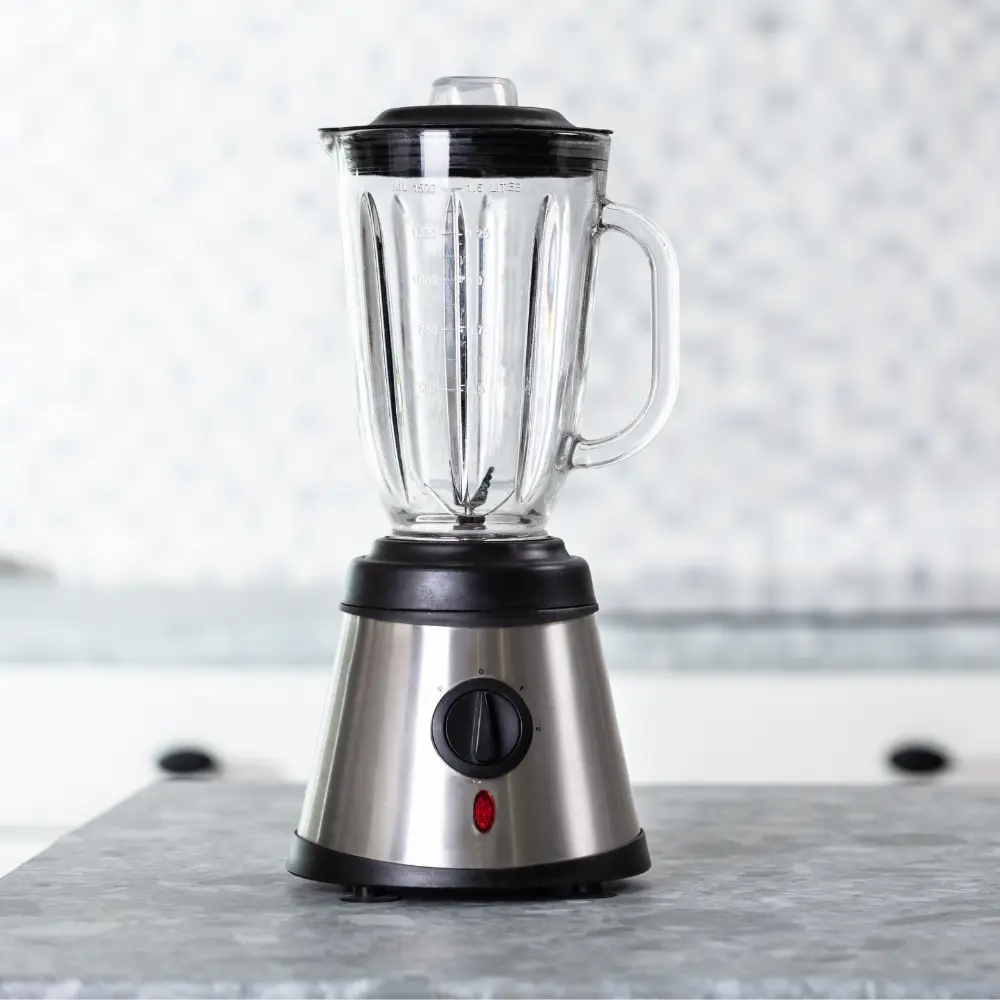
A blender is a versatile kitchen appliance used to mix, purée, or emulsify food and other substances. Unlike coffee grinders, blenders are not specifically designed for coffee beans but can be used to grind them in a pinch. They use a blade, much like blade coffee grinders, but the action is more akin to slicing than crushing or grinding.
- Blenders come in different styles and sizes, from small personal blenders to high-powered countertop models.
- The efficiency of a blender in grinding coffee beans can vary greatly depending on the power and speed of the blender.
Coffee Grinder vs Blender – The Core Differences
Having established what a coffee grinder and a blender are, let’s highlight the key differences:
- Functionality: A coffee grinder is designed specifically for coffee beans, aiming to achieve the most favorable grind consistency for brewing coffee. A blender is a multipurpose tool capable of handling a wide range of foods and liquids.
- Grind Consistency: Coffee grinders, especially burr grinders, typically produce a much more consistent grind than blenders. This consistency is crucial for extracting the optimal flavor from your coffee beans.
- Control: Coffee grinders offer more control over the grind size, which can significantly impact the taste and strength of your coffee. Blenders lack this precision, making it harder to achieve your desired coffee profile.
Evaluating the Grinding and Blending Process
To truly understand the Coffee Grinder vs Blender debate, we must take a closer look at the mechanisms behind each device’s operation. This in-depth exploration of their working processes will shed light on their effectiveness and role in coffee preparation.
How a Coffee Grinder Works

A coffee grinder is engineered to grind coffee beans into smaller particles to achieve the desired consistency. As previously mentioned, the coffee grinder landscape comprises two primary variants: burr grinders and blade grinders.
- Burr grinders consist of two abrasive burrs or surfaces. When the machine is activated, one burr remains stationary while the other spins. The coffee beans drop down between the burrs, which crush the beans into uniform particles. The size of the grind is adjusted by moving the burrs closer together for a finer grind or further apart for a coarser grind.
- Blade grinders, on the other hand, operate more like a food processor with a blade that spins at high speed. The coffee beans are chopped into smaller pieces, but the result is often an inconsistent size, with some particles being much larger than others. The grind size in blade grinders is determined by how long you let the machine run. The longer the grind, the finer the coffee particles will be.
How a Blender Works

A blender operates using a different principle altogether. Rather than grinding or crushing, a blender slices and mixes substances.
- At the base of a blender jar, there’s a blade assembly that spins at high speeds when the machine is turned on. The spinning action creates a vortex that pulls the ingredients down toward the blades.
- When used to grind coffee beans, a blender chops them into smaller pieces rather than grinding them. The high-speed rotation of the blades results in a chopping action that breaks the beans down.
Comparing the Coffee Grinding Process in Grinders and Blenders
When it comes to grinding coffee, there are key differences between how a coffee grinder and a blender work:
- Consistency: A coffee grinder, especially a burr grinder, is designed to produce uniform particles, which is crucial for brewing a balanced cup of coffee. A blender, however, results in unevenly sized particles due to its chopping action.
- Control: With a coffee grinder, you have precise control over the grind size. With a blender, it’s more a matter of guesswork as the chopping action isn’t easily controlled.
- Heat: Burr grinders generate less heat than blade grinders or blenders. Heat can negatively affect the coffee’s flavor as it can lead to over-extraction.
Understanding the mechanics of these devices illuminates why coffee aficionados often prefer one method over the other. It’s not merely about personal preference, but rather about optimizing the flavor and quality of your brew.
The Impact on Coffee Quality and Flavor
In the quest for the perfect cup of coffee, the tools we use to prepare our beans are just as important as the beans themselves. Here, we delve into how the choice between a coffee grinder and a blender can affect the quality and flavor of your brew.
Impact of Coffee Grinders on Flavor
Coffee grinders, both burr and blade types, have a significant impact on the flavor profile of your coffee due to their direct interaction with the beans.
- Burr grinders, thanks to their precise and consistent grind, tend to preserve the flavor and aroma of coffee beans better. (1) A consistent grind ensures even extraction, meaning each particle contributes to the taste equally, resulting in a balanced and flavorful brew.
- Blade grinders, while less consistent, still offer a fresh grind which is vital for optimal flavor. Freshly ground coffee is less exposed to oxygen, preserving its rich flavors and aromas. However, the inconsistent grind size can lead to uneven extraction and consequently, an imbalanced flavor profile.
Impact of Blenders on Coffee Flavor
Blenders, while not designed for coffee beans, can also grind them to a certain extent. However, their impact on coffee flavor differs from that of a coffee grinder:
- The chopping action of a blender tends to result in an inconsistent grind, similar to a blade grinder. This inconsistency can lead to uneven extraction and may affect the balance of your coffee’s flavor.
- Blenders, especially those with high power and speed, can generate heat during operation. This heat can cause premature extraction and a subsequent loss of flavor even before brewing.
- Since blenders aren’t designed to handle coffee beans, they may not be as efficient in releasing the aromatic oils from the beans, potentially resulting in a less flavorful cup of coffee.
Analyzing the Flavor Differences
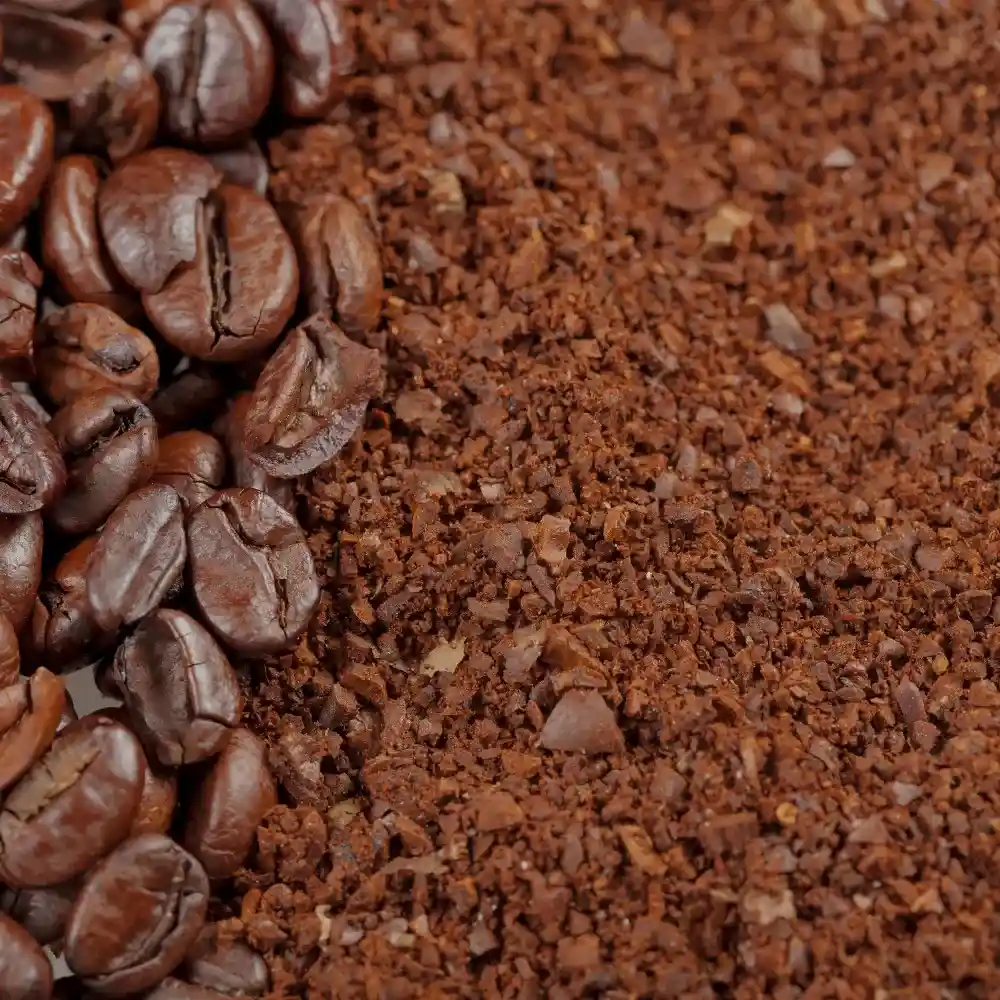
When compared side by side, coffee grinders and blenders offer unique pros and cons that can affect your coffee’s flavor:
- Grind Consistency: Coffee grinders, particularly burr grinders, tend to provide a more consistent grind than blenders, leading to a balanced and flavorful brew.
- Heat Generation: Coffee grinders, especially burr types, generate less heat than blenders, preventing premature extraction and preserving the flavors and aromas of the coffee beans.
- Versatility: While a blender offers versatility in the kitchen, its jack-of-all-trades nature may compromise the quality and taste of your coffee.
In summary, if flavor and quality are your primary concerns, investing in a coffee grinder could be a worthwhile decision.
Making the Right Choice: Practical Considerations
Beyond the impact on flavor and coffee quality, practical considerations such as convenience, cost, and maintenance also play crucial roles in the debate. Let’s examine these factors to help you make the most suitable choice.
Convenience and Usability: Coffee Grinder vs Blender
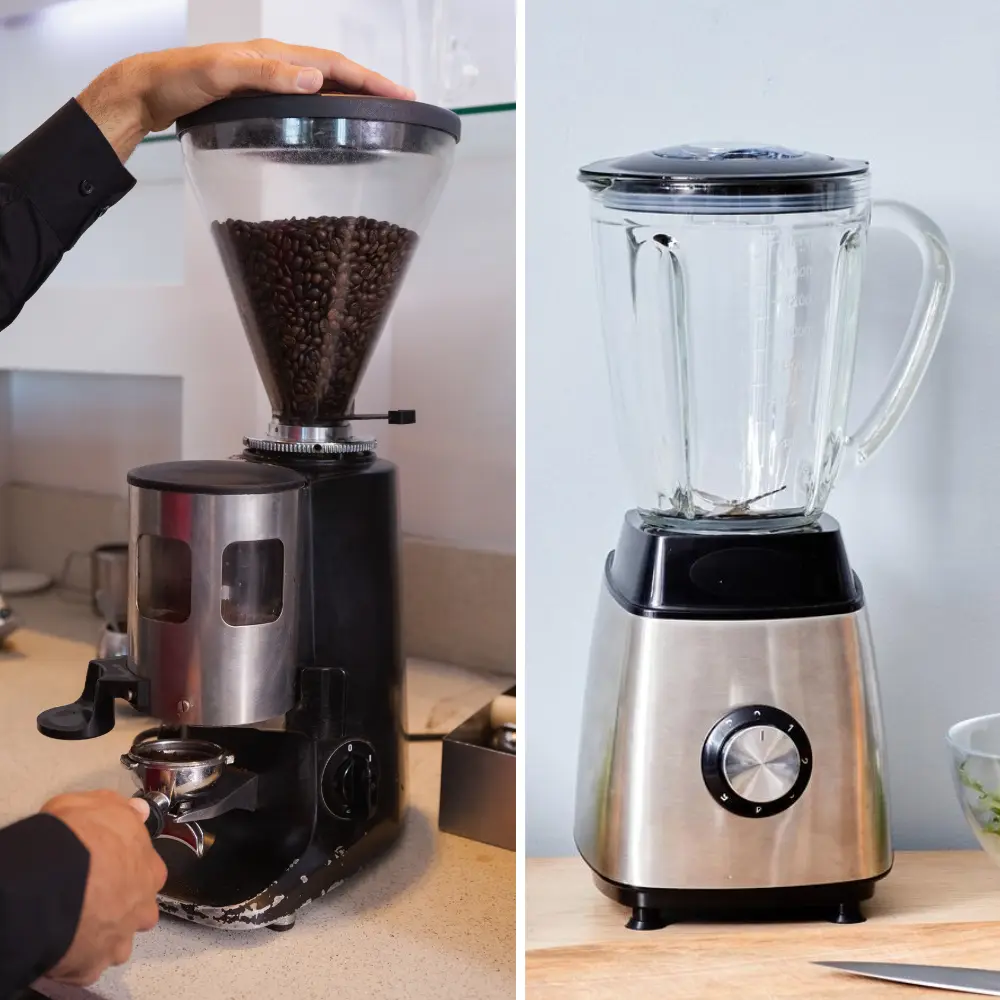
When it comes to convenience and usability, both coffee grinders and blenders have their unique advantages:
- Coffee Grinders: These devices are straightforward to use, especially blade grinders. Simply add your beans, select the grind size (if it’s a burr grinder), and let the machine do its work. They’re compact and easy to store, making them convenient even in small kitchens.
- Blenders: Blenders shine in their versatility. Beyond grinding coffee, they can mix smoothies, puree soups, and perform a host of other kitchen tasks. However, when it comes to grinding coffee, they can be less convenient due to the lack of control over the grind size.
Cost Considerations: Is a Coffee Grinder Worth It?
The cost of the appliance is a major factor for many:
- Coffee Grinders: Blade grinders are generally inexpensive, making them accessible even on a tight budget. However, burr grinders can be pricey due to their superior grind consistency and control. If you’re a coffee aficionado who values a great cup of coffee, investing in a burr grinder could be worthwhile.
- Blenders: The cost of a blender can vary greatly depending on its features and power. While some blenders are budget-friendly, high-powered models can be costly. However, their multifunctionality might make them a more cost-effective choice if you’re looking for a versatile kitchen tool.
Maintenance and Durability: Comparing Grinders and Blenders

Finally, maintenance and durability are also critical to consider:
- Coffee Grinders: Both burr and blade grinders require regular cleaning to keep them in top shape, but it’s typically an easy process. These devices are quite durable, especially burr grinders, which tend to have a longer lifespan than blade grinders.
- Blenders: Blenders need regular cleaning as well, and the process can be a bit more involved due to their larger size and more complex design. In terms of durability, it heavily depends on the brand and model, but generally, well-maintained high-quality blenders can last for several years.
Choosing between a coffee grinder and a blender involves a balance between your coffee preferences, convenience, cost, and maintenance considerations. By understanding these factors, you can make an informed decision that best suits your needs and lifestyle.
Expert Recommendations and User Reviews
In the Coffee Grinder and Blender discussion, expert opinions and user reviews add invaluable insights. They offer practical perspectives that can further aid in making an informed choice. Let’s take a look at what they have to say.
Expert Opinion on Coffee Grinder vs Blender
Within the realm of coffee enthusiasts and professional baristas, a prevailing agreement tilts towards coffee grinders, with a particular emphasis on burr grinders. The rationale behind this preference lies in their exceptional ability to maintain consistent grind sizes and preserve the rich flavors of the coffee. Experts often advocate for investing in a good coffee grinder as the first step to elevate the coffee experience at home.
- Specialty Coffee Association (SCA), a leading authority in coffee standards, stresses the importance of grind consistency and recommends burr grinders for home use.
- Noted coffee author and expert Scott Rao also emphasizes the role of a good grinder in achieving a delicious cup of coffee, indicating that blenders may not be the best choice for coffee grinding due to their inherent lack of consistency.
Popular Models in the Market
Let’s delve into some of the popular models available in the market:
- Coffee Grinders: Baratza Encore and Capresso Infinity are among the top burr grinders lauded for their consistency, durability, and value for money. For blade grinders, options like the Krups Precision stand out for their affordability and ease of use.
- Blenders: For those considering a blender, models like the Vitamix 5200 and the NutriBullet Blender Combo offer power and versatility, with some users reporting satisfactory results for coffee grinding.
User Experience: What Do Coffee Lovers Say?
User experiences vary widely between coffee grinders and blenders:
- Coffee Grinders: Users of burr grinders often rave about the improvement in their coffee’s flavor and the control they have over the grind size. Blade grinder users appreciate the affordability and the convenience, but some express concerns about the lack of consistency.
- Blenders: Users who grind coffee in blenders often appreciate the multi-functionality but agree that the grind is less consistent and the process can be messy. However, those who prioritize convenience over perfect consistency find it to be an acceptable trade-off.
Remember, the best choice depends on your coffee preferences, lifestyle, and budget. Reviews and expert opinions can guide your decision, but ultimately, the choice that brings you the most satisfaction is the right one.
Conclusion
As we conclude our deep dive into the Coffee Grinder vs Blender debate, the team at The Coffee Guru has made a clear verdict. While both devices come with their unique advantages and disadvantages, we advocate the burr grinder as the superior choice for coffee lovers.
After examining factors like grind consistency, flavor extraction, convenience, cost, and maintenance, it becomes evident that a burr coffee grinder offers an unmatched coffee experience. Its exceptional grind consistency ensures an even extraction, leading to a balanced and flavorful cup of coffee every time. While blenders are incredibly versatile kitchen tools, their inability to deliver the same grind consistency makes them less ideal for the sacred art of coffee making.
We understand that each individual’s preferences, lifestyle, and budget can significantly influence their choice. However, if you’re looking for the best taste and a truly immersive coffee experience, we believe the investment in a burr grinder is well worth it.
In conclusion, the journey to a perfect cup of coffee requires more than just high-quality beans; it calls for the right tools. By choosing a burr grinder, you’re not just investing in a device but enriching your coffee experience and transforming every cup into an indulgent ritual. The team at The Coffee Guru hopes this guide aids you in your coffee journey, and remember, no matter your choice, the joy is in the journey as much as the destination.
FAQ
How does a coffee grinder impact the flavor of coffee?
A coffee grinder enhances the flavor of coffee by providing a consistent grind, which facilitates even extraction of coffee oils, leading to a more balanced and flavorful cup.
Can you use a blender instead of a coffee grinder?
Yes, you can use a blender to grind coffee beans, but it may not provide the same level of grind consistency as a coffee grinder, which could impact the flavor and quality of your coffee.
Is investing in a coffee grinder worth it?
If you're a coffee lover who values a great cup of coffee, investing in a good quality coffee grinder, especially a burr grinder, is definitely worth it for the enhanced flavor and consistency it offers.
What are the most recommended coffee grinders and blenders by experts?
Experts highly recommend burr coffee grinders like the Baratza Encore and Capresso Infinity. For blenders, versatile and powerful models such as the Vitamix 5200 and NutriBullet Blender Combo are often recommended.













